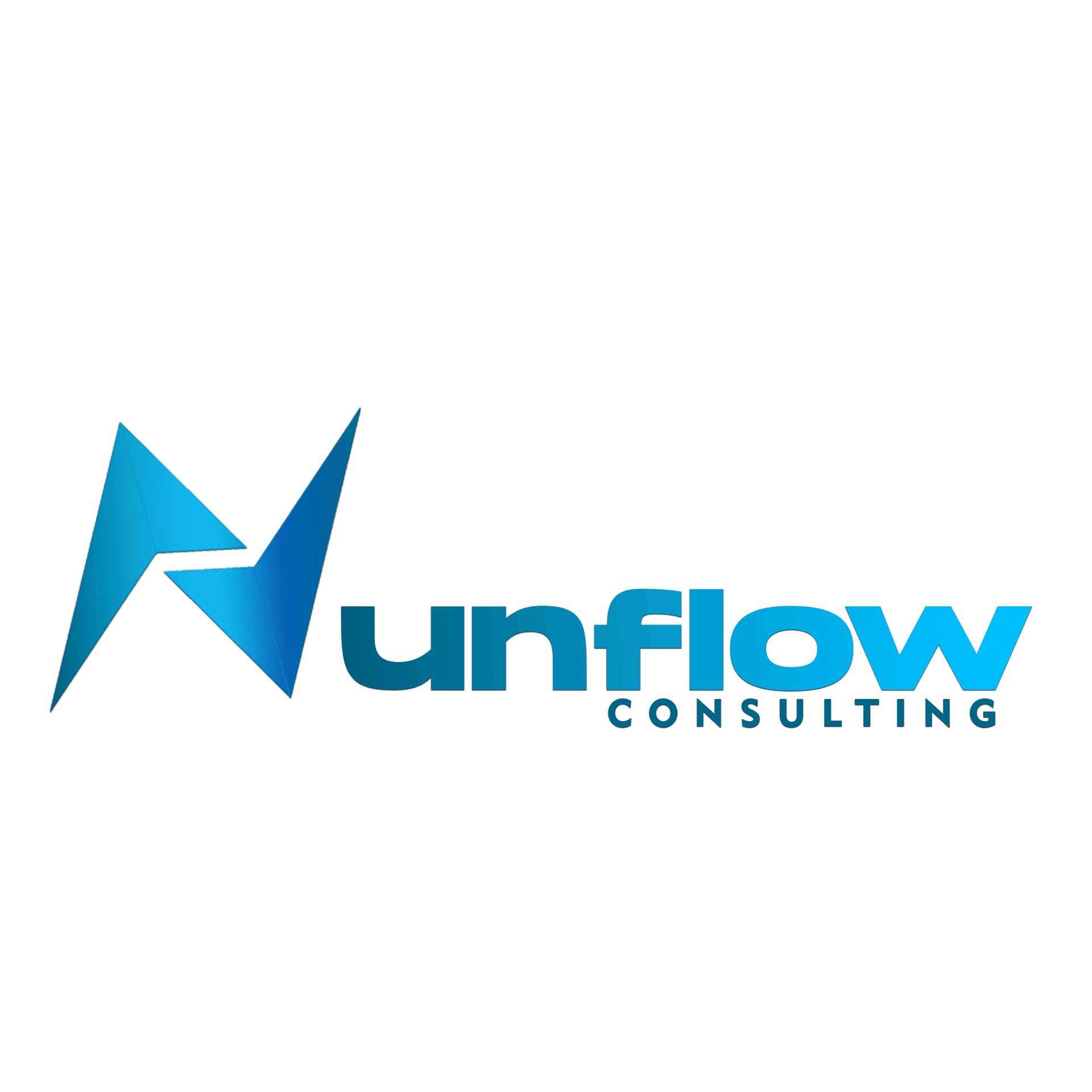How to Optimize HubSpot Workflows for Maximum Efficiency
Ve
Understanding HubSpot Workflows
HubSpot workflows are a powerful tool for automating and streamlining marketing, sales, and customer service processes. By setting specific triggers and actions, businesses can automate repetitive tasks, ensuring that no opportunity falls through the cracks. However, to truly harness the potential of workflows, they must be optimized for maximum efficiency.
Optimizing your HubSpot workflows involves a combination of strategic planning and regular analysis. The goal is to make each step in your process as effective as possible while eliminating unnecessary actions. This not only saves time but also improves the overall experience for both your team and your customers.

Mapping Out Your Workflow Strategy
Before diving into the technical aspects of creating workflows, it's crucial to map out a clear strategy. Start by identifying the key goals you want to achieve with your workflows. Whether it's nurturing leads, following up with prospects, or streamlining internal processes, having a clear objective will guide the entire setup process.
Create a visual map of your current processes to understand what can be automated. This visual representation will help you identify bottlenecks and areas where efficiency can be improved. Use flowcharts or diagrams to lay out each step, decision point, and action required in your workflow.
Segmenting Your Audience
One of the most effective ways to optimize workflows is through audience segmentation. By dividing your contacts into specific groups based on criteria such as behavior, demographics, or engagement level, you can tailor your workflows to meet the unique needs of each segment. This ensures that your messaging is relevant and personalized, increasing the likelihood of engagement.

Consider using HubSpot's list segmentation tools to create targeted lists that feed into your workflows. This allows for precise targeting and ensures that each contact receives communications that are relevant to their specific interests and stage in the buyer's journey.
Using Conditional Logic
Conditional logic in HubSpot workflows allows you to branch out the workflow based on specific conditions or criteria. This feature ensures that each contact experiences a personalized journey. For example, if a contact opens an email but doesn't click on a link, you can set up a condition to send a follow-up email with additional information.
Implementing conditional logic helps prevent contacts from receiving irrelevant content and keeps them engaged with valuable information that encourages further interaction with your brand.

Regular Testing and Analysis
Optimization is an ongoing process. Regularly testing your workflows is essential to ensure they are functioning as expected. Conduct A/B testing on different elements within your workflows, such as email subject lines or call-to-action buttons, to see what yields the best results.
Analyze workflow performance data to identify areas for improvement. HubSpot provides detailed analytics on workflow engagement, allowing you to see which steps are effective and which may need adjustments. Use this data to refine your workflows continually.
Keeping Workflows Simple and Scalable
While the temptation might be to create complex workflows with numerous branching paths, it's often more effective to keep them simple. Overly complicated workflows can become difficult to manage and prone to errors. Focus on creating streamlined processes that achieve your goals without unnecessary complexity.
As your business grows, your workflow needs may change. Design workflows that are scalable, allowing you to easily adjust triggers, actions, and conditions as needed without overhauling the entire system.
Conclusion
Optimizing HubSpot workflows is about creating an efficient system that automates tasks while delivering a personalized experience to each contact. By mapping out strategies, segmenting audiences, using conditional logic, and regularly analyzing performance, businesses can enhance their marketing efforts and achieve their objectives more effectively. Remember, simplicity and scalability are key in ensuring that your workflows remain effective as your business evolves.
